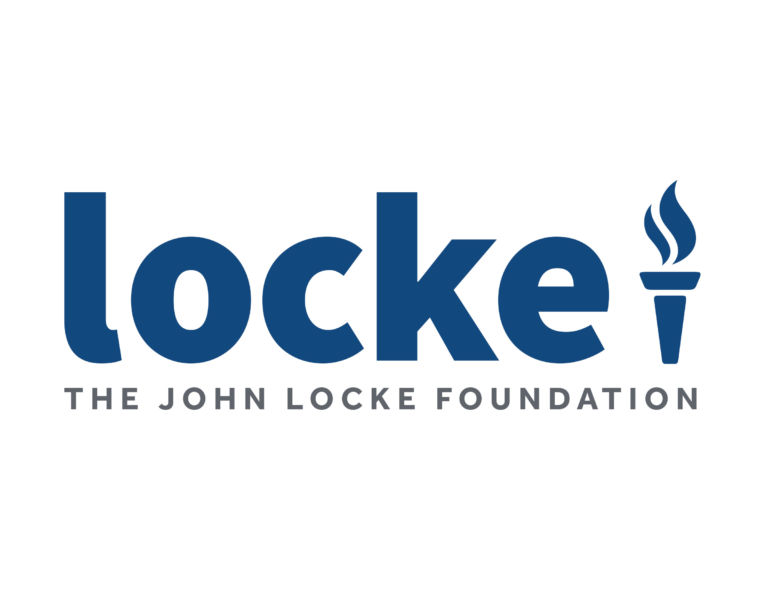This week, JLF’s Health Care Policy Analyst Jordan Roberts published a research brief. His brief focused on a new study published in the Annals of Health Law and Life Sciences from researchers at Duke University. According to Roberts:
Using case studies and statistical analyses, the researchers wanted to answer three questions: How are North Carolina Medicaid dollars being spent? How does spending correlate with health outcomes and respond to health disparities in North Carolina? How should state dollars be allocated to meet the specific needs of Medicaid beneficiaries in the state?
The study had four assumptions it sought to examine. Roberts explains these assumptions:
First, counties with low measures of social indicators such as employment or education would generally have worse health. Second, greater prevalence of sickness in these counties from a lower baseline level of health would yield more health spending. Third, other conditions the same, more health spending translates into better health outcomes. Fourth, increases in health spending should be associated with a higher density of and availability of providers.
The outcomes were mixed – some of the assumptions held true, and others faltered. One example is the study’s fourth assumption: “increases in health spending should be associated with a higher density of and availability of providers.” The study did not find this to be true; in fact, the study found counties with higher health expenditures had fewer doctors and healthcare providers.
According to Roberts:
The reason for this, as explained by the paper is “a lack of access can cause individuals to spend less on cheaper preventative health services and spend more on expensive, reactive health services.” In other words, poor health outcomes and higher associated spending seem to be driven by the lack of physicians and low emphasis on preventative health care.
Roberts writes that these findings are consistent with his challenges to the current Medicaid system:
Without access to a health professional, an insurance card won’t help much as evidenced by the poorer health outcomes in counties with fewer physicians. This is a problem because, of North Carolina’s 100 counties, 82 are designated as not having enough primary care providers for the population or area. Additionally, the individuals currently on Medicaid aren’t experiencing any increases in health despite higher spending in these areas.
Read the full brief here. Stay up to date on all things health care and here.


